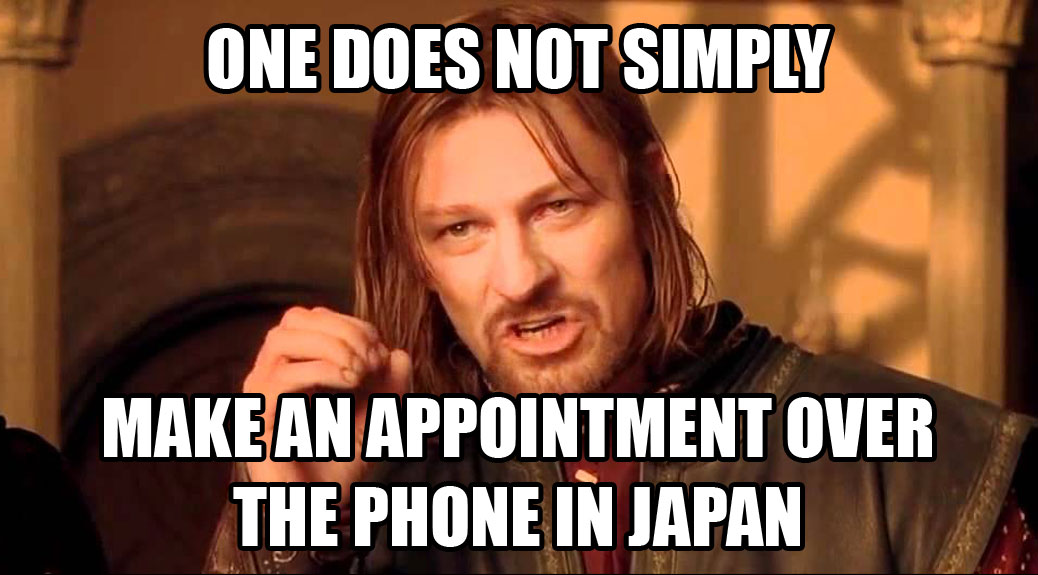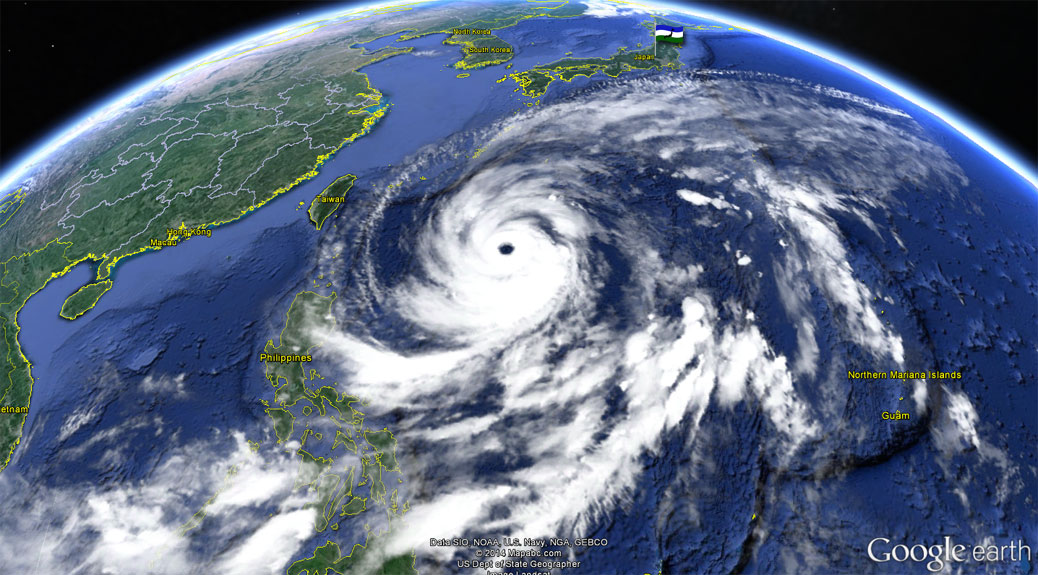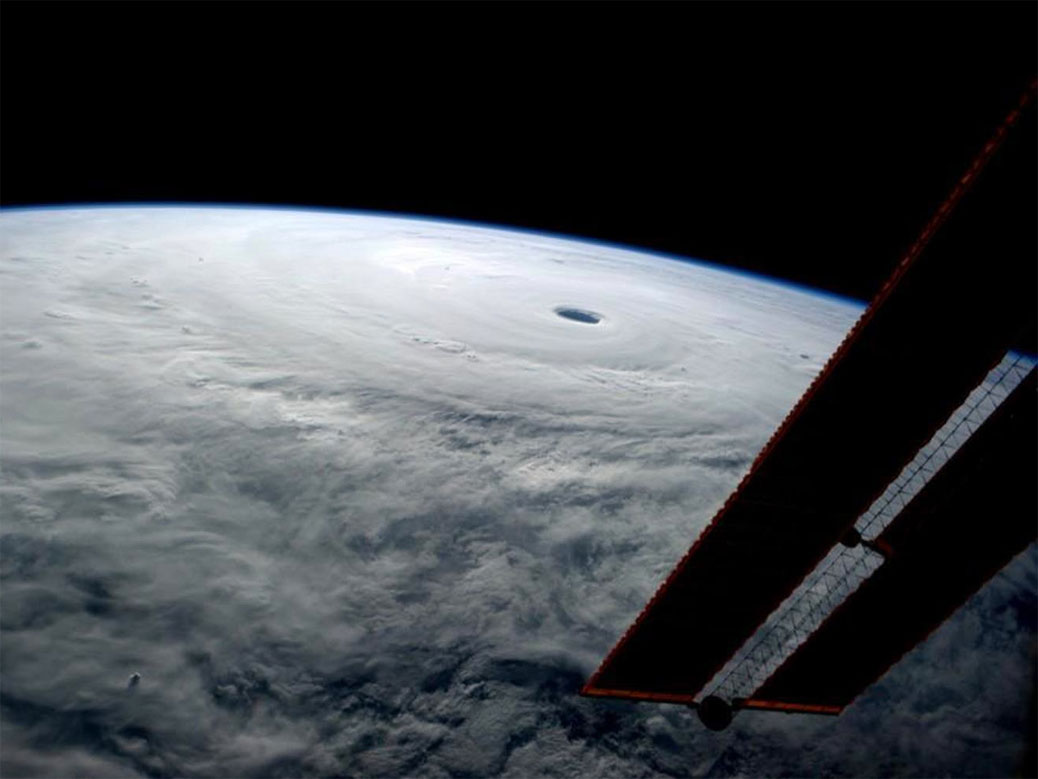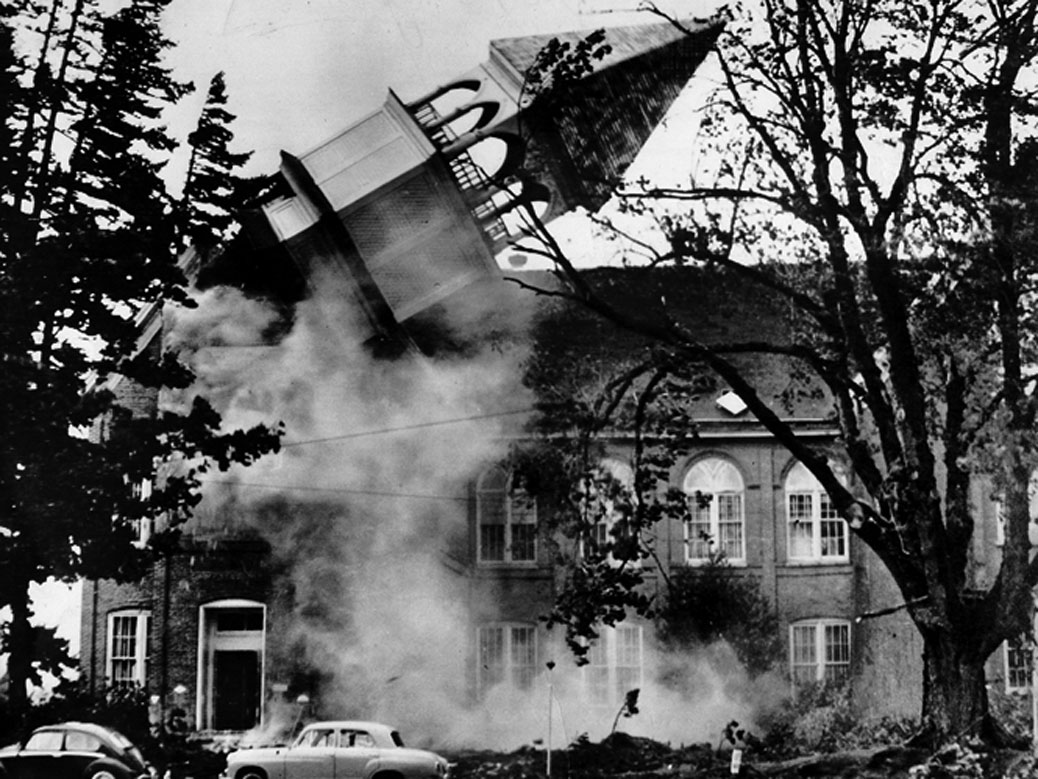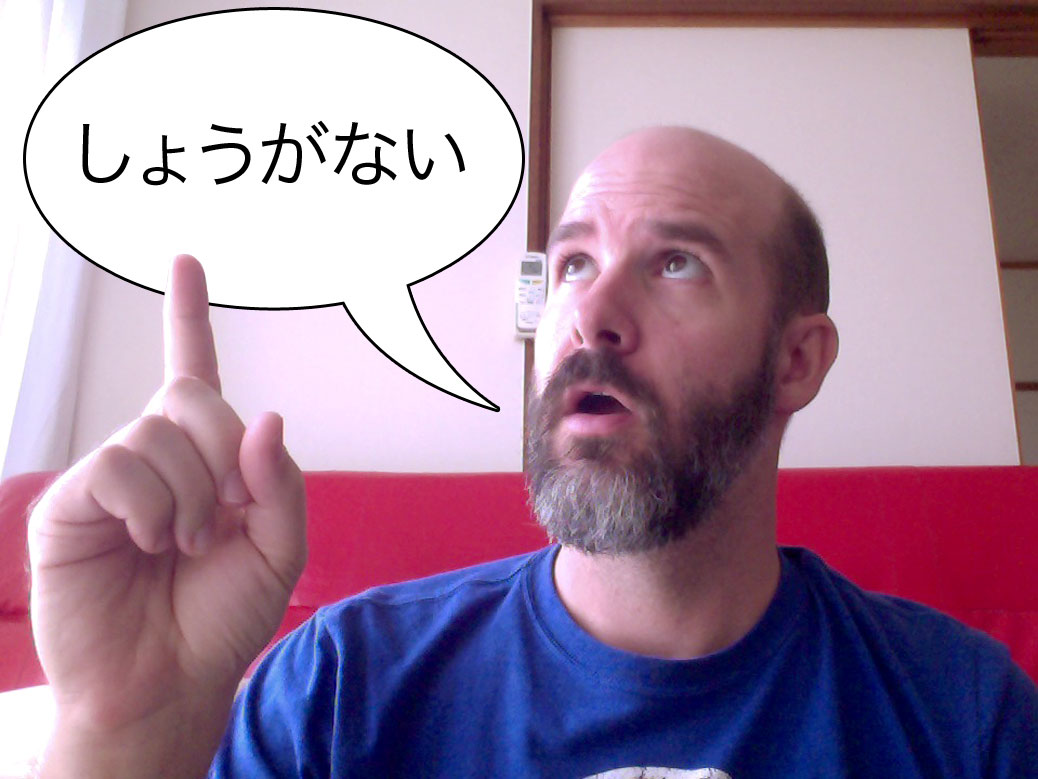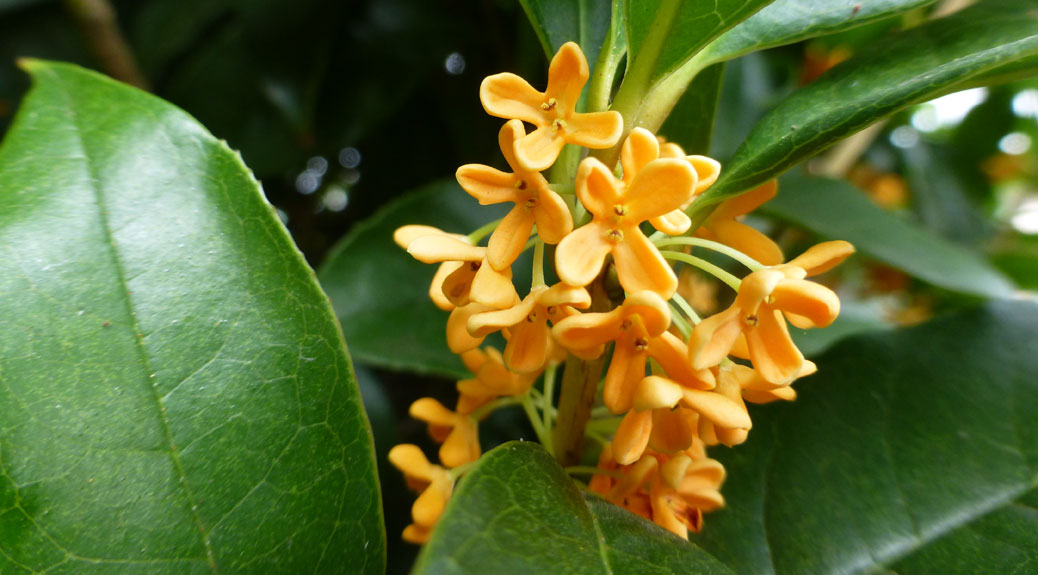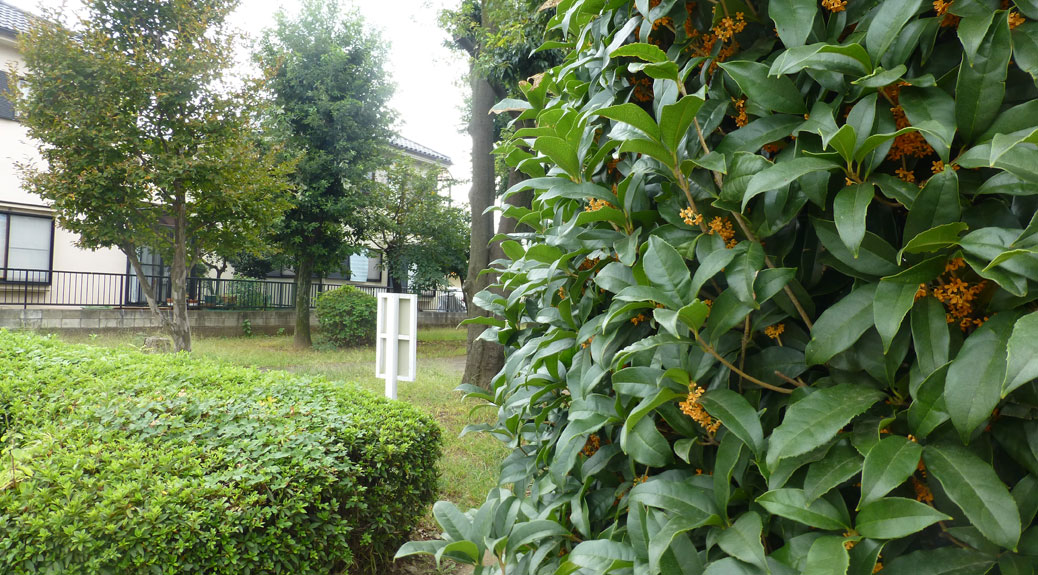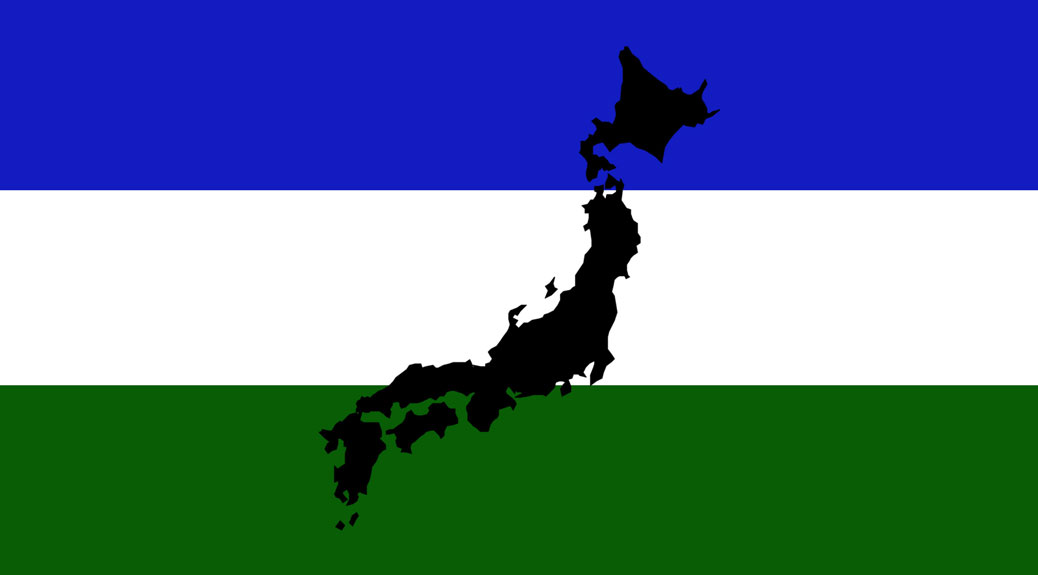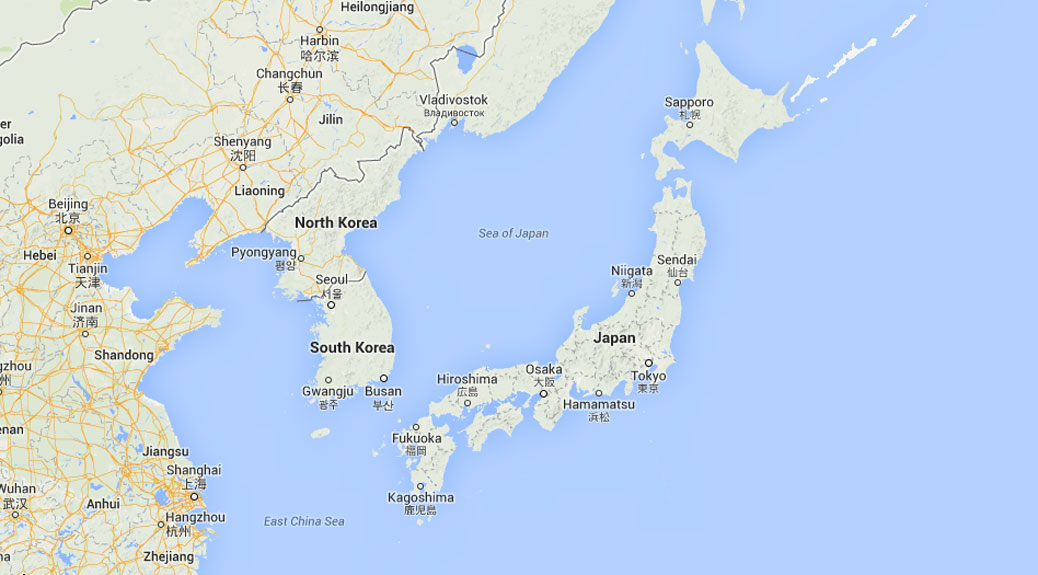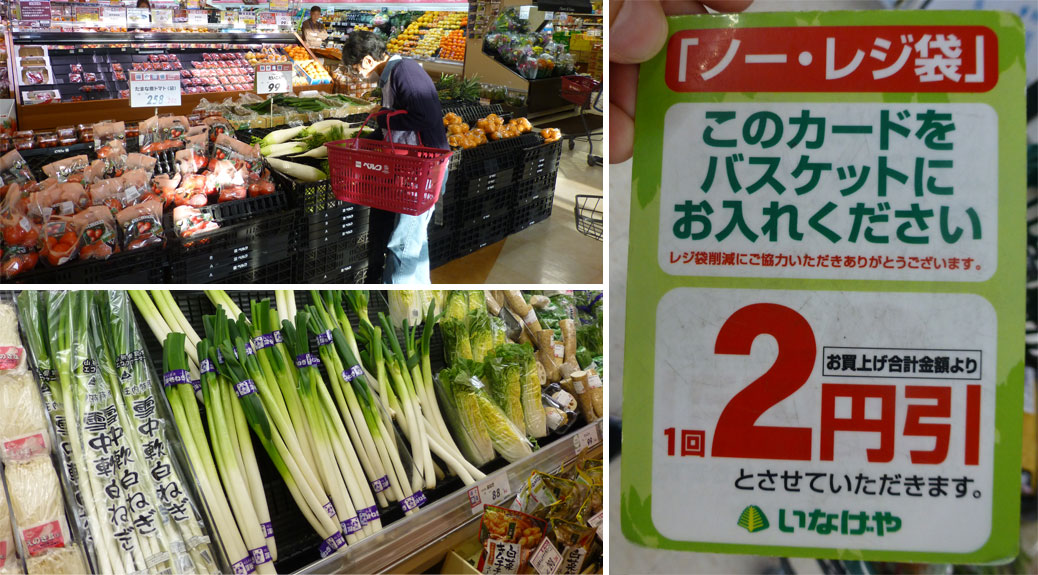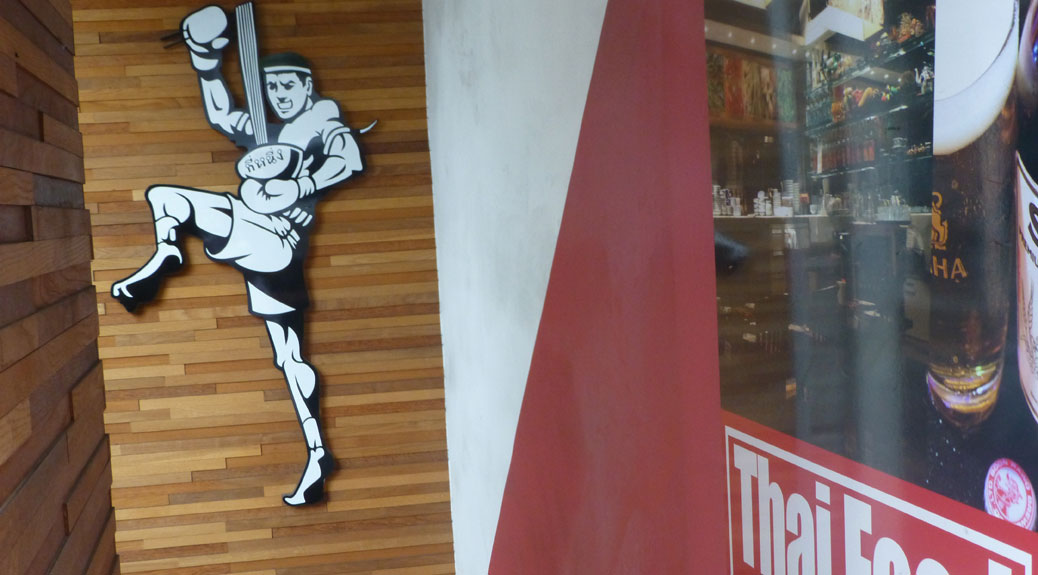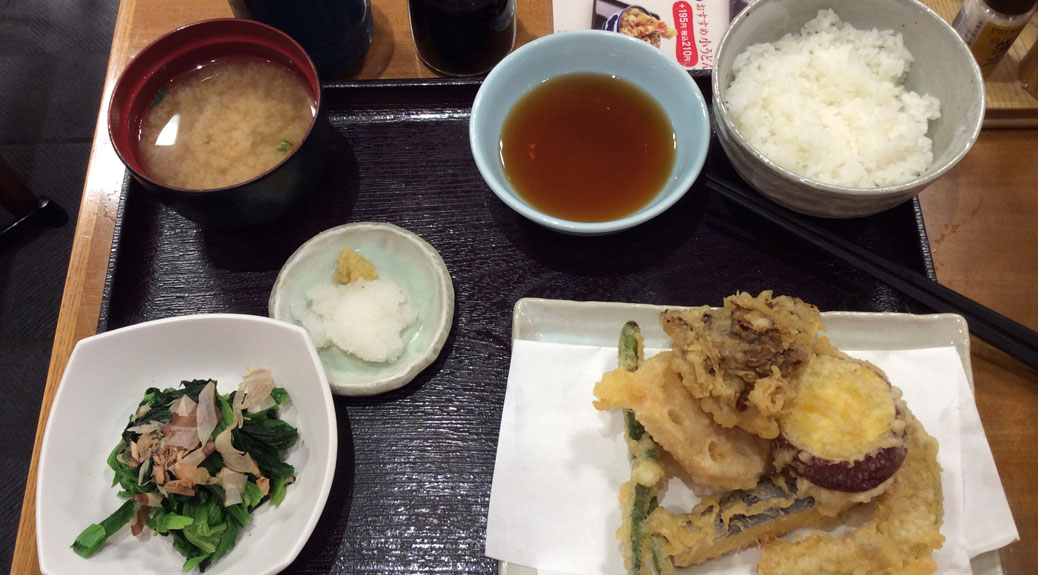School is back in session, so October has been about settling back into routine and planning the next round of adventures. But Japan is still throwing twists and turns our way. Here’s a few interesting tidbits from the last couple weeks:
Phun with phones
One of the reasons we decided not to get phones in Japan is, frankly, there’s not really anyone to call here. The international plans are expensive and the video chat technology is way better for keeping in touch with family and friends back home. But, there’s the occasional need to make a local call, so with a little finagling, I can now make local phone calls from my computer.
However, there’s still the problem of the language barrier. I’ve been running a lot over the last few months. It’s a great workout, but it’s also high impact and leads to a lot of aches and pains, so I decided to schedule a massage. I got a recommendation from one of the GTFs for a local masseuse and decided to try and schedule an appointment over the phone. As usual, I wrote out my script and dialed the number.
Gogo wa yoyaku dekimasu ka? Do you have an appointment for this afternoon?
The voice on the other end of the digital line indicated that she didn’t have any availability today. I asked about the following Monday and that I was available anytime. She seemed to say that anytime on Monday would be fine. Itsudemo daijōbu desu.
Monday morning, I headed over to the massage place. As I walked up the stairs, I saw someone leave the office. As I approached the door, the office was dark and locked up. I’d been bitten by the Japanese cultural characteristic of never saying no.
But, as usual, it turned into a positive. I wandered around the floor and found another massage studio right around the corner. A small, one-woman operation called Sun and Moon. We established that an appointment that day couldn’t happen since she had a dental appointment. We began to set a time for the next day, but both of us were a little unclear of the details.
She asked me to follow her across the hall to a shop owned by a couple from Nepal who both spoke English. After settling the details of the appointment, the man asked me to sit and have tea. We sipped Masala chai and talked about Nepal, Japan and America. I mentioned that we’d like to travel to India and Nepal. He offered his brother’s home if we needed a place to stay. We chatted in English for about 30 minutes before I headed out.
As usual, for every frustrating experience, several positive experiences follow that highlight the kindness of the people we encounter everyday. The following morning, I had an excellent massage. She served me a cup of green tea at the end of the appointment. I told her I was a runner, so zenbu ga itai ne! Everything hurts! She laughed, said she could never be a runner and asked if I was running the Kawagoe Marathon, which got a laugh out of me. When we hit a snag in our conversation, she grabbed her phone and translated from Japanese to English… Did it hurt?
In fact, nothing about this particular experience hurt at all.
Blue beer
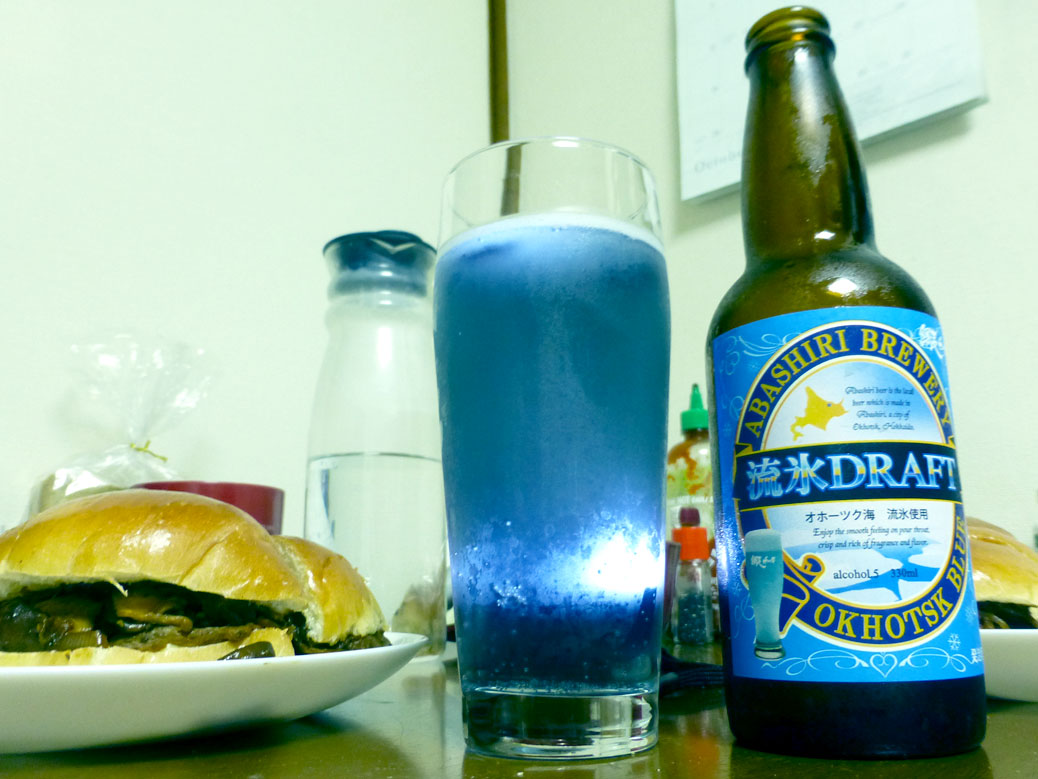
The beer section of the local grocery store rarely surprises me anymore, but a shock of blue caught my eye the other day. Hokkaido’s Abashiri Brewery is playing with color as well as flavor with their Okhotsk Blue Draft. The beer pours a greenish-blue (I backlit the glass to see more of the blue color), but instead of using dyes or other horrible chemicals, they’ve achieved this naturally. The water comes from melted icebergs that have floated into the Sea of Okhotsk. The color comes from blue seaweed and gardenias. It’s categorized as a “vegetable beer” thanks to the use of Chinese yams (which have copious health benefits).
How’s it taste? Well, it’s light and bubbly with a subtle beer flavor. But it’s blue! Abashiri also makes green and red beers using plant pigments for the coloring.
Blood moon
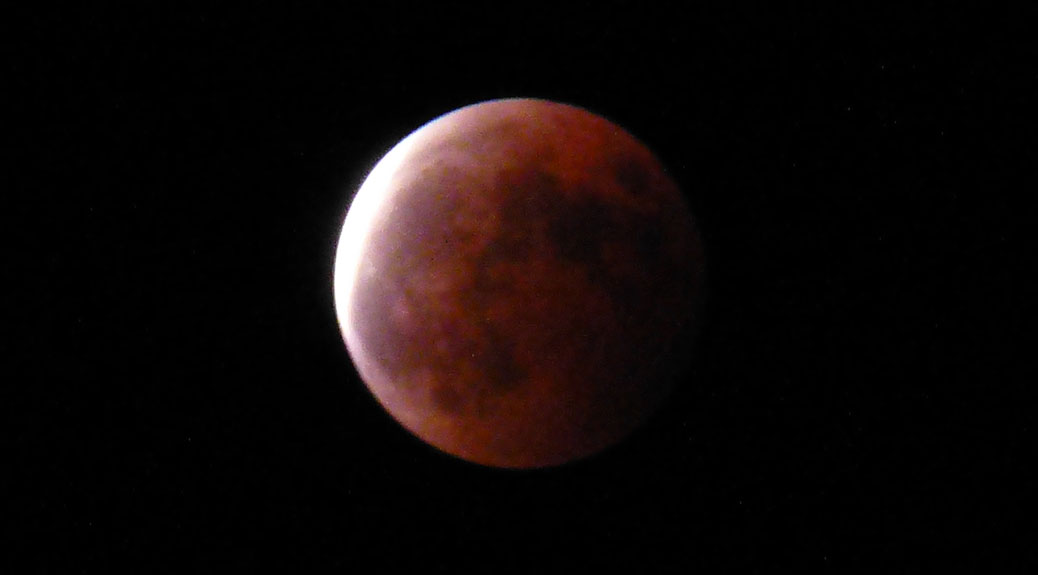
I know I’m a couple weeks behind on this one, but the blood moon from the lunar eclipse visited us at a reasonable hour. While Cascadians had to get out of bed early to see the sight, we got to see it around 8:30 p.m. and managed some good pictures before going to bed.

